 Winery Ad
Winery Ad
Time Period: Early Twentieth Century (1901 - 1940)
 Winery Ad
Winery Ad
Wing School
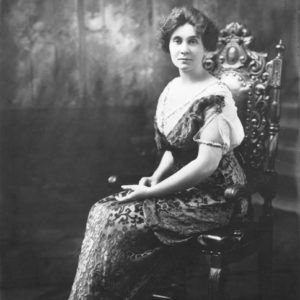 Effiegene Wingo
Effiegene Wingo
Wingo, Effiegene Locke
 Otis T. Wingo
Otis T. Wingo
 Otis Theodore Wingo
Otis Theodore Wingo
Wingo, Otis Theodore
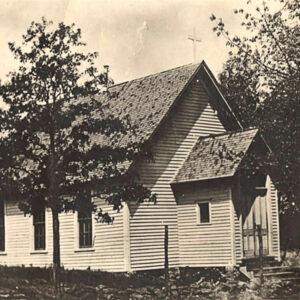 Winslow Church
Winslow Church
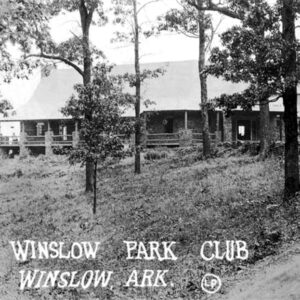 Winslow Park Club
Winslow Park Club
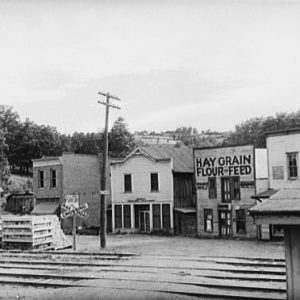 Winslow Street Scene
Winslow Street Scene
 Winslow Tunnel
Winslow Tunnel
 Winslow View
Winslow View
Winslow, Thyra Samter
 Winthrop Jail
Winthrop Jail
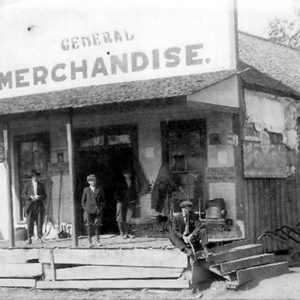 Winthrop Store
Winthrop Store
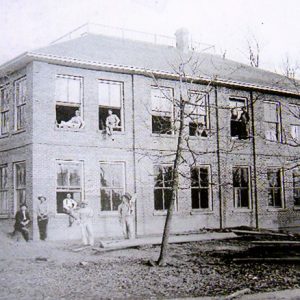 Winthrop School Construction
Winthrop School Construction
Winthrop School Museum
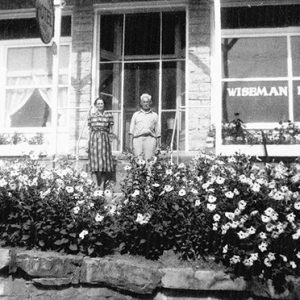 Wiseman Hotel
Wiseman Hotel
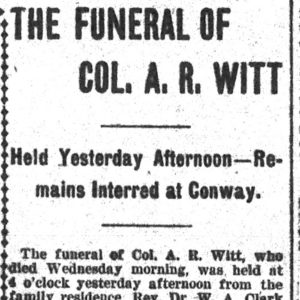 Allen Rufus Witt Death
Allen Rufus Witt Death
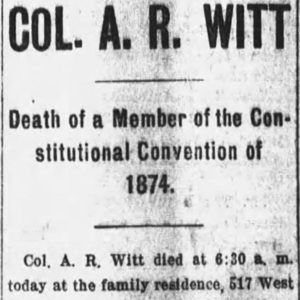 Allen Rufus Witt Death
Allen Rufus Witt Death
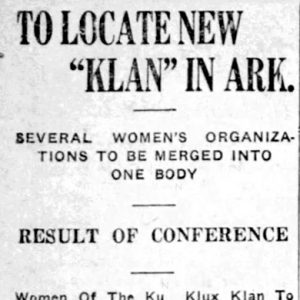 WKKK Article
WKKK Article
 WKKK Headquarters
WKKK Headquarters
WOK
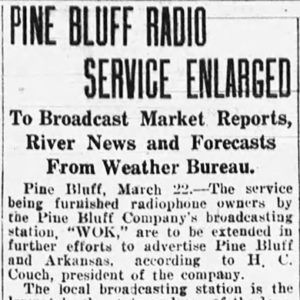 WOK Article
WOK Article
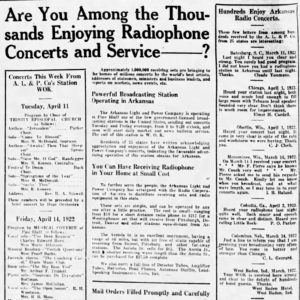 WOK Concert Ad
WOK Concert Ad
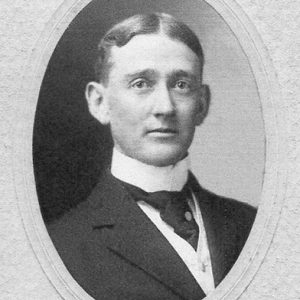 Otto Ward
Otto Ward
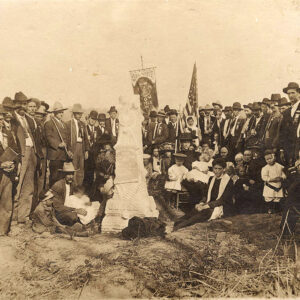 Wolf Cemetery Monument Dedication
Wolf Cemetery Monument Dedication
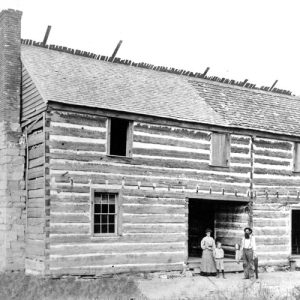 Jacob Wolf House
Jacob Wolf House
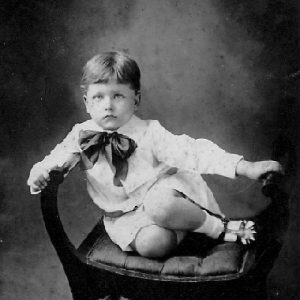 John Quincy Wolf Jr.
John Quincy Wolf Jr.
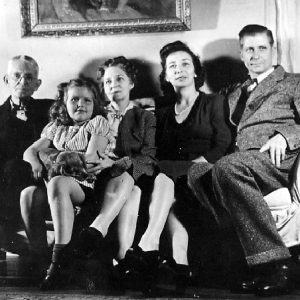 Wolf Family
Wolf Family
 John Quincy Wolf Jr.
John Quincy Wolf Jr.
 John Quincy Wolf Jr. and Father
John Quincy Wolf Jr. and Father
Wolf, John Quincy, Jr.
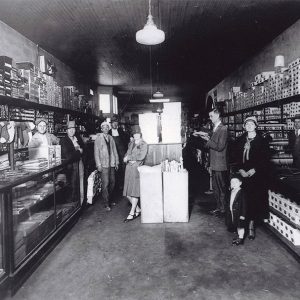 Wolfe Dress Shop
Wolfe Dress Shop
 Woman Riding Ostrich
Woman Riding Ostrich
 WCTU Flag
WCTU Flag
Woman’s Christian Temperance Union (WCTU)
aka: Arkansas Woman's Christian Temperance Union
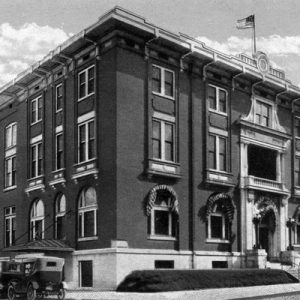 Woman's City Club
Woman's City Club
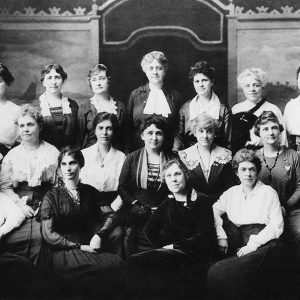 Woman's Committee
Woman's Committee
Woman’s Progressive Club (Wynne)
 Womble Businesses
Womble Businesses
Womble District Administration House Number 1
 Womble, 1914
Womble, 1914
Women in the Southern Tenant Farmers’ Union
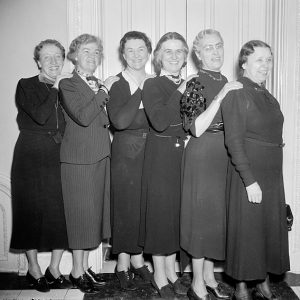 Women of the 75th U.S. Congress
Women of the 75th U.S. Congress
Women of the Ku Klux Klan (WKKK)
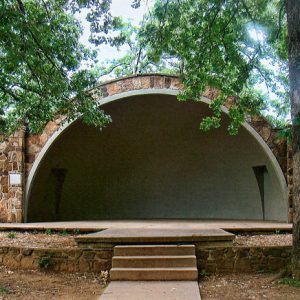 Women's Community Band Shell
Women's Community Band Shell
Women’s Community Club Band Shell
 Women's Suffrage Rally
Women's Suffrage Rally
 Women's Suffrage Rally
Women's Suffrage Rally




